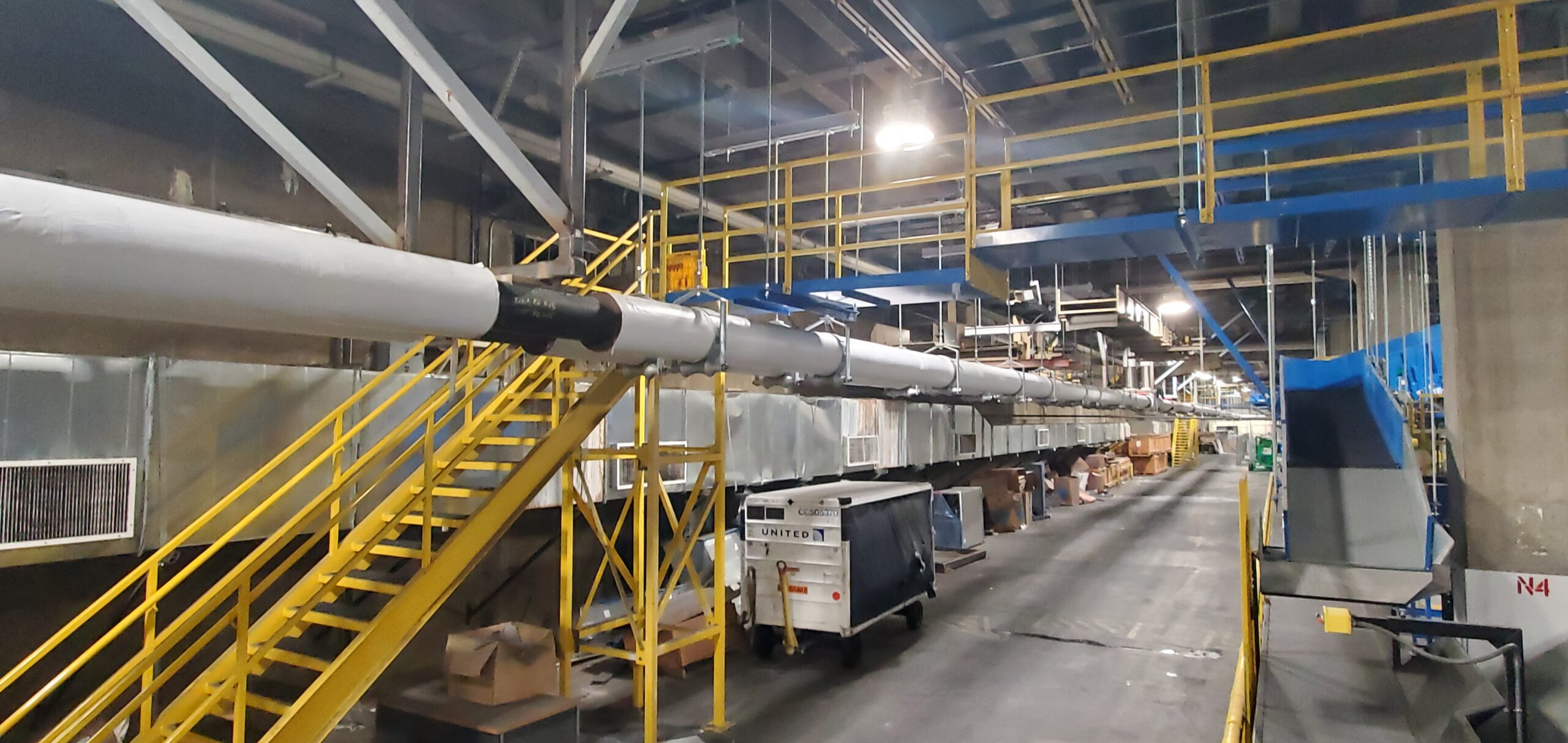By Jamie Hodges

More and more contractors are choosing prefabrication due to the many benefits it provides on today’s job sites. From the enhanced quality and reduced waste to efficiency and cost savings, building components of a structure offsite and transporting and assembling them on the jobsite enables contractors to have more control over the building process than ever before. This is particularly helpful given the many curveballs that can pop up on a project, from unavailable materials to supply chain bottlenecks. If you’re a contractor considering implementing prefabrication on your jobsite, below are some top-line benefits it will bring to you, along with some recent examples of its implementation across Colorado.
Enhanced Quality Control
The top benefit of prefabrication is the ability to design and construct a product in a highly controlled environment where there are limited distractions and no weather delays. Having this type of control means that measurements can be exact, and the crew working on the material has the skill set required to construct according to specific standards, which are quality checked throughout the project.
According to Pat Williams, ICM project manager, quality control was critical for a recent project at Denver International Airport where Industrial Constructors/Managers, Inc. (ICM) was contracted to prefabricate the tube-steel frames and back to back channels for a new piping system designed to supply heating water to the Concourse B East Expansion. This new 1900 LF piping system required ICM to prefab 3,000 feet of structural steel to fit above and underneath the pipe. To attach the pipe hangers ICM custom-designed and installed 38 anchors and guides, which kept the pipes in place. Because the entire project was built around the existing baggage handling system, prefabricating the support system offsite enabled it to be built according to exact specifications, all while the baggage handling system remained operational.
Speed and Efficiency
In addition to enhanced quality, prefabrication is also known for being more efficient because it’s produced in a controlled environment. In contrast to a noisy jobsite full of a million moving parts, a prefabrication shop is quiet and distraction-free, enabling construction to happen faster and with more efficiency. Prefabrication also typically takes fewer people to construct and install, and the same skilled craftspeople are accustomed to doing a lot of preplanning upfront, helping to speed up the timeline. Speed was instrumental to ICM’s work building three static detonation chambers (SDCs) at the Pueblo, Colorado Chemical Agent Destruction Pilot Plant (PCAPP), which was built to destroy the remaining 10 percent of the United States’ chemical weapons stockpile. The project was on a tight construction schedule since the SDCs were created to help the original pilot plant meet a non-negotiable congressionally-mandated deadline. The timeline was further tightened when the project changed from constructing the SDCs sequentially to having to construct all three at the same time due to permitting delays.
ICM was able to prefab roughly 75 percent of the 12,000 feet of process piping offsite, which included copper for water and compressed air, carbon steel for chilled water, and stainless steel for vent gas, which was 100% X-ray to ensure it was leak-free and EPA compliant. This helped speed up the timeline, enabling the work to be completed in just five months.
Cost Savings
Prefabrication also provides significant cost savings since it can be done more efficiently and in less time. It’s been estimated that it can cost as much as a third to half as much, depending on the project. Cost savings can also come when prefab shops share production with one another, which has the added benefit of providing flexibility should there be capacity or scheduling issues.
But perhaps most importantly, prefabrication is good for project owners because it allows them to keep their facility operational during construction, helping to mitigate any reduction in revenue. This is an attractive selling point for clients who don’t want construction to interfere with normal operations, particularly if they involve the public.
This was a big selling point for ICM when they moved Molson Coors’ cooling towers and evaporative condensers from ponds outside the facility to the roof of the company’s Golden brewery. The move required ICM to fab and install a new level of structural steel to the roof so that it could sustain the weight of the cooling towers. The move was accomplished over three months during the height of the pandemic, all while keeping the brewery operational. ICM is now working to fabricate and erect roughly 1,750 tons of structural steel for a new fermenting facility, which will be 1,000 feet long, 200 feet wide and 60 feet tall once complete.
The Road Ahead
From the enhanced quality and greater efficiencies to significant cost savings, prefabrication clearly offers a number of positives that benefit contractors and project owners alike. It’s very likely that more contractors will continue to adopt this method of construction, particularly as clients increasingly request it, given the many benefits it brings to the jobsite.
Jamie Hodges is the executive vice president of Industrial Constructors/Managers, Inc. and has worked as a specialty contractor in industrial construction and management for over 17 years.









